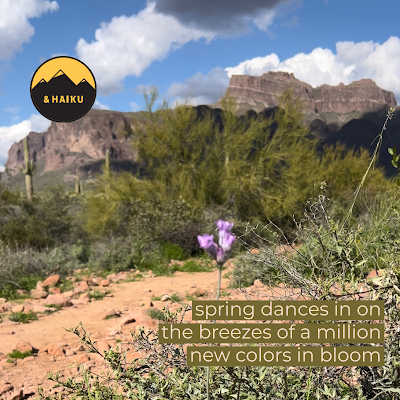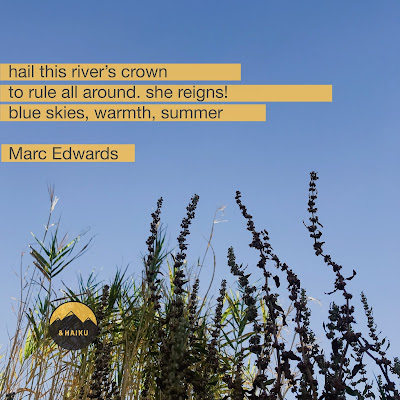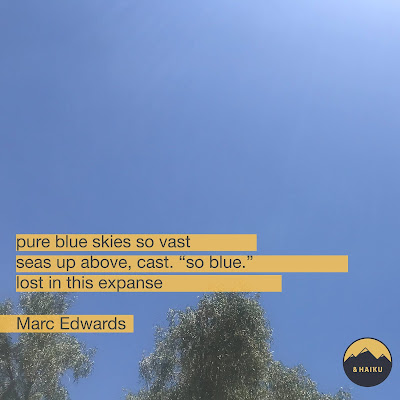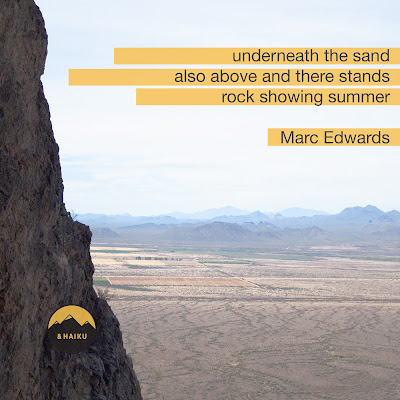Haibun: Basin and Stand
The first thing you saw walking into my great grandmother’s cabin, or “Grandmarie’s Cabin,” was this dented aluminum basin where we washed our hands. She was the matriarch of the family and the first cabin the other cabins were based on. All water was pulled from the Great Sacandaga Lake in Adirondack Mountains of Upstate New York. In 1999, after my great grandmother passed away and we had the sell “camp,” this basin was the one thing I wanted more than anything else. To me, that was the essence of camp that could go with me.
In 2017, my grandmother was moving. She had more things in her house than should be legal. Mounds of half broken memories or things she hoped could be fixed, a result of a life started in the global depression of the 1930’s, reinforced by being in occupied Norway in the 1940’s, in America as an immigrant, and then her days as a mother of 10 and a husband that moved out to be with his girlfriend. Just before she moved, the day I took her to the lake our camp was on, I told her about the battered tin basin. She brought me into her bedroom and said, “Here’s the stand Dad built that the bowl sat on, you can have it,” she said.
To have that table left me with wonder: the chances of having both the basin and the table together. My drive back home that night had me pumping my fist in the darkness as I sped down Route 88. It was mine and I thought it was a beaten but beautiful piece of art. The meaning of this sculpture was set in each summer since my birth.
Moving out West in just a Toyota Corolla, that table and basin was the essential piece I brought with me. Everything else had to stay, be sold, or given away, as it was for all those who crossed this continent in the draw of the American West. We each kept our treasures, no matter the century.
the canyon walls slid
aside to be admired
Zion’s early spring










